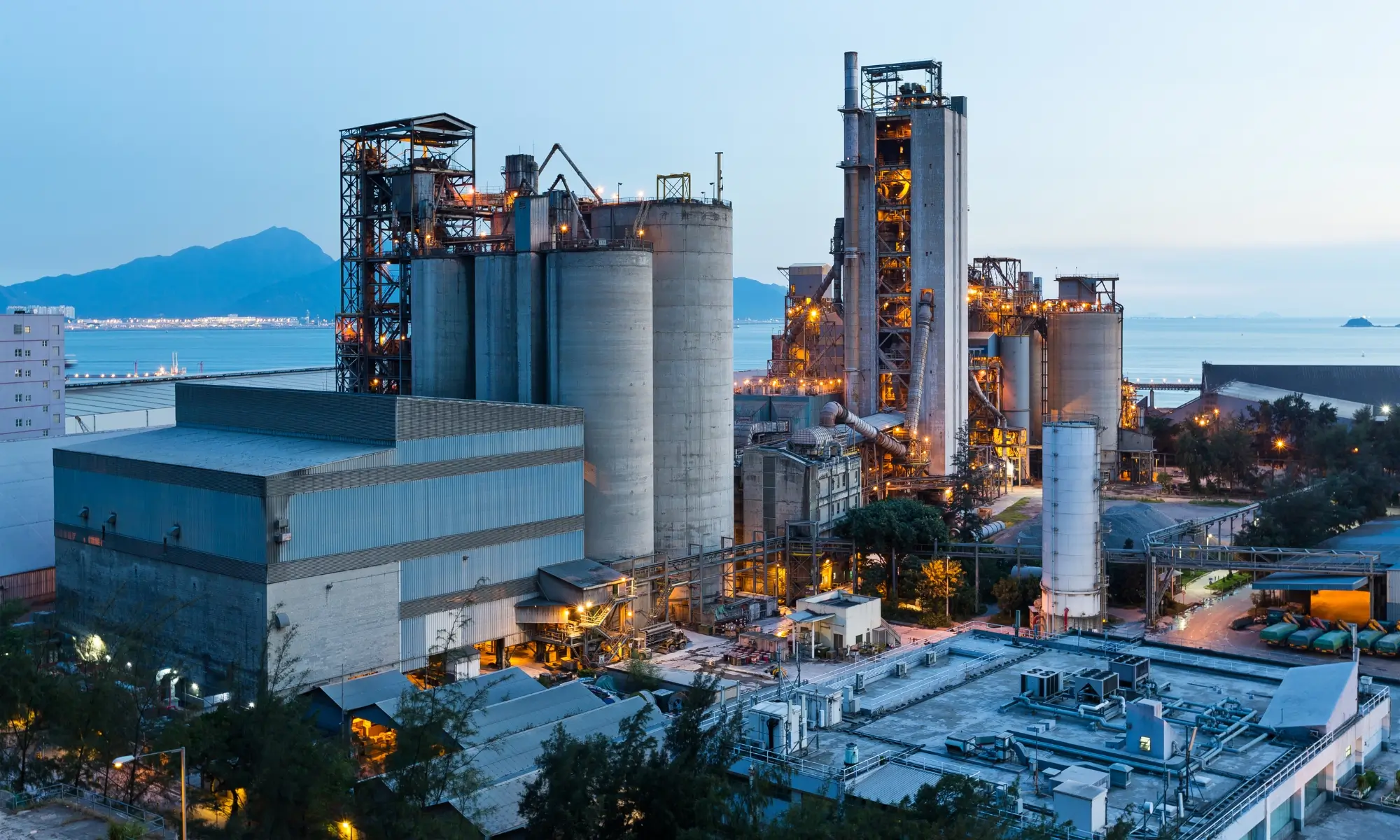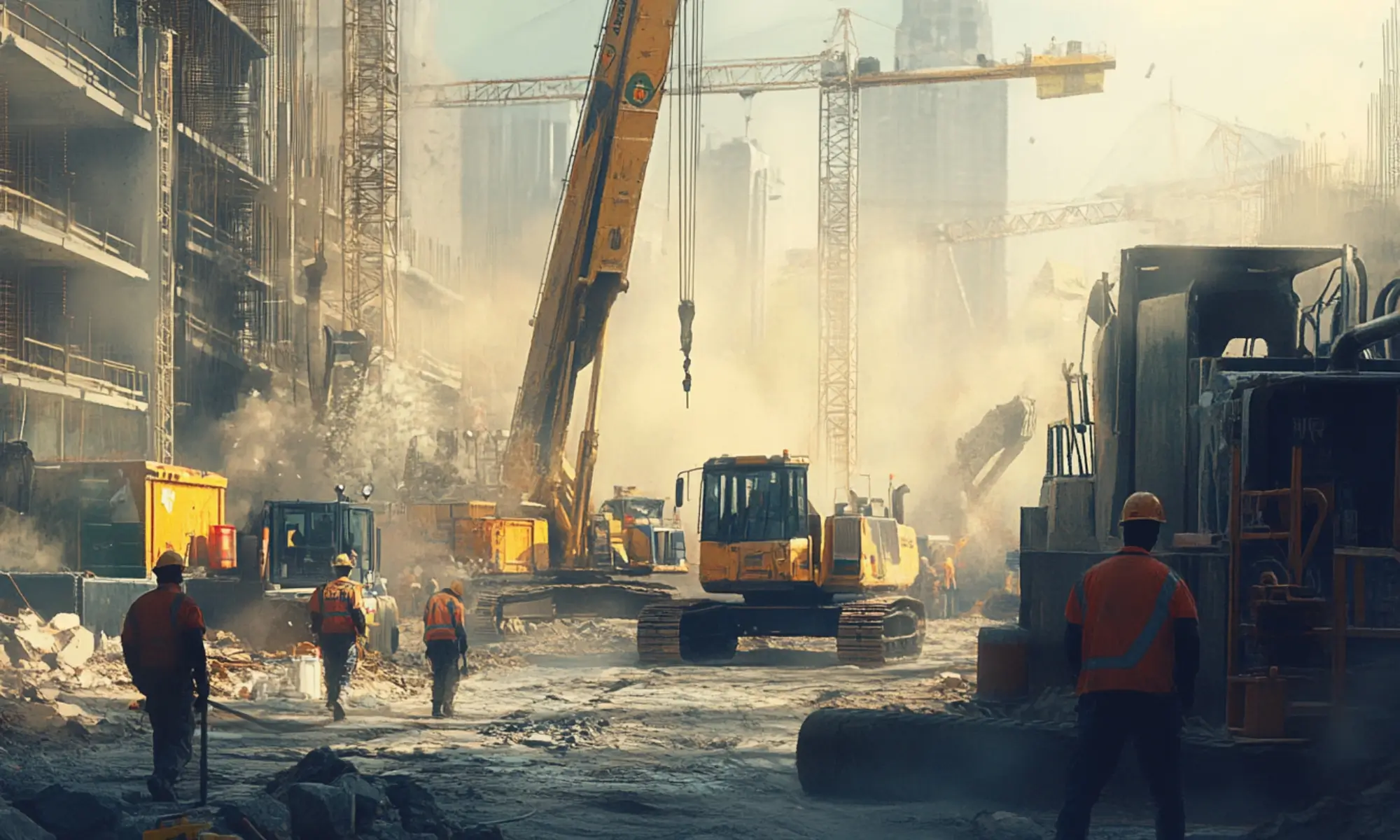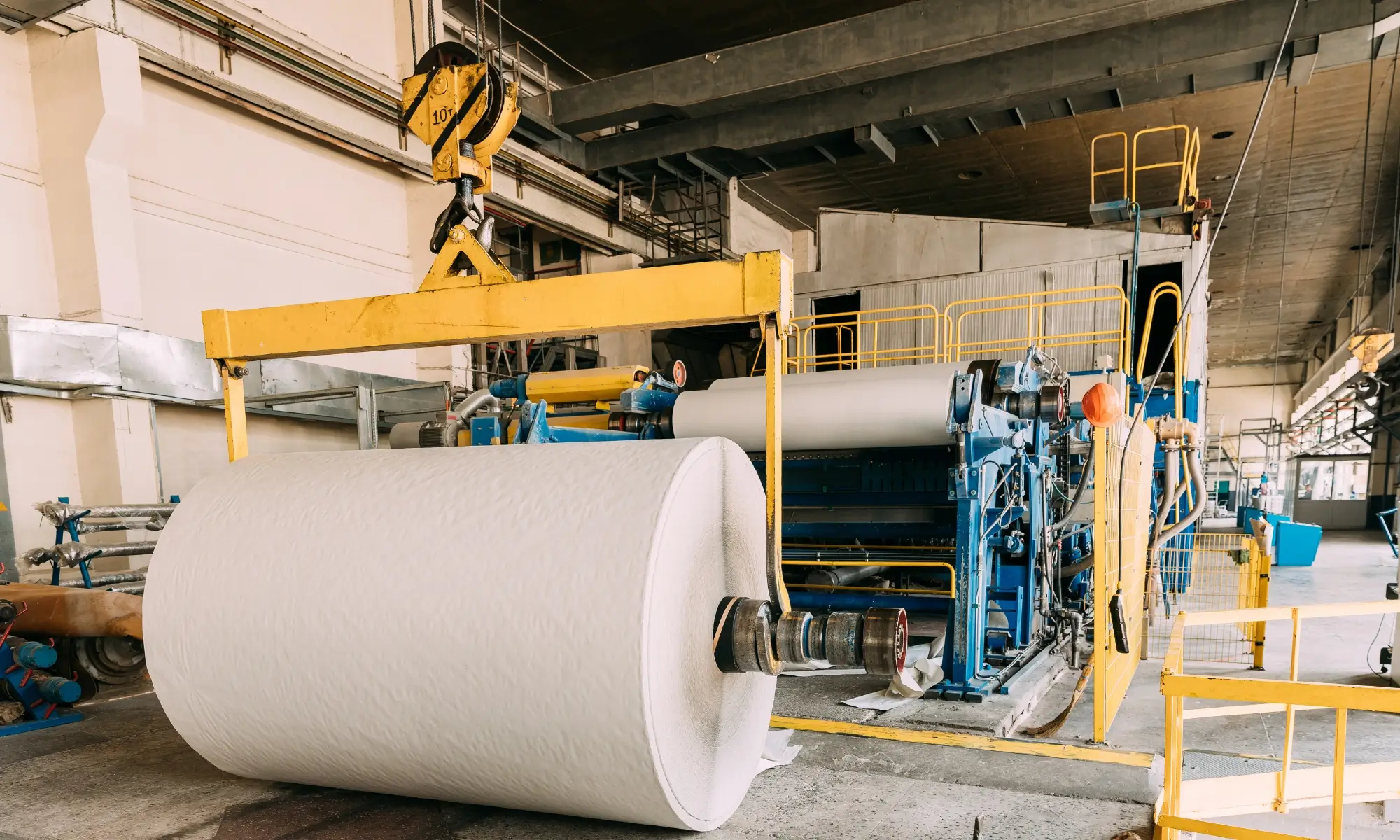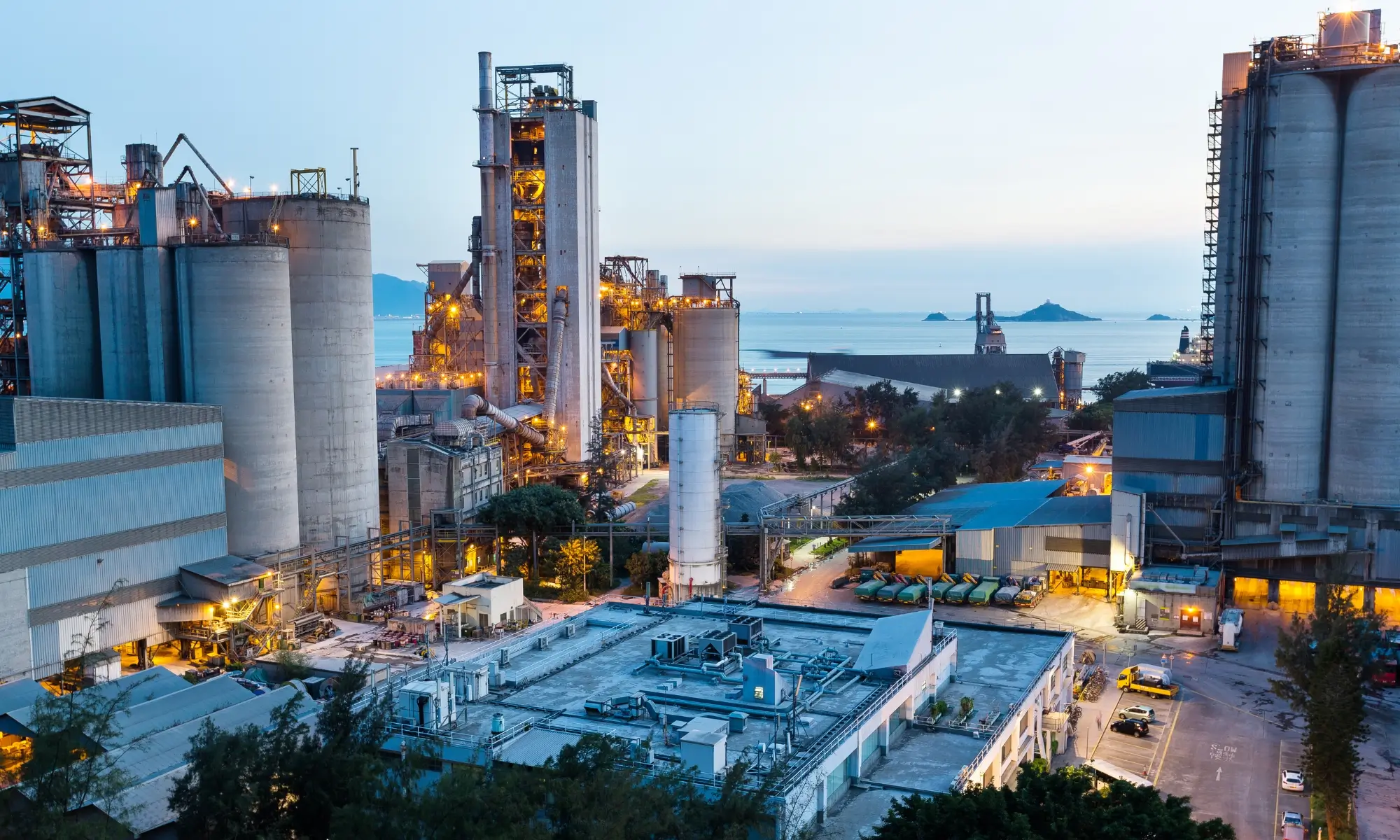Industrial noise pollution is a pervasive issue in today’s manufacturing and production environments, with millions of workers exposed to high noise levels daily. The noise generated from machinery, equipment, and industrial processes is not only disruptive but poses significant risks to both human health and the environment. Understanding the causes, consequences, and effective control measures for industrial noise is essential for maintaining a safe workplace and reducing environmental impact.
In this guide, we’ll explore the fundamentals of industrial noise, why it’s a growing concern, and practical solutions to mitigate its impact.
What is Industrial Noise?
Industrial noise is any unwanted or excessive sound generated by industrial activities, including manufacturing plants, construction sites, and transportation hubs. Unlike common environmental noise, industrial noise is often characterized by high intensity and a wide frequency range, making it more harmful. This type of noise frequently exceeds recommended decibel levels, leading to serious health issues if not adequately controlled.
Industrial noise is typically measured in decibels (dB) to gauge its intensity, with regulatory bodies such as the Occupational Safety and Health Administration (OSHA) setting exposure limits to protect workers.

Causes of Industrial Noise
Industrial noise, a significant concern in workplaces and surrounding environments, arises from various sources within industrial settings. Understanding these sources can help in implementing effective noise control measures. Let’s delve deeper into the common causes of industrial noise:
1. Machinery and Equipment
Heavy machinery, engines, and rotating equipment are primary contributors to industrial noise. This category includes:
- Compressors: Machines that increase the pressure of gases and air, often used in HVAC systems and manufacturing processes. These emit a constant low-frequency hum.
- Turbines: Used in power generation and other industrial applications, turbines produce noise from the rapid rotation of blades and the movement of air or gases.
- Conveyor Belts: Used extensively in manufacturing and material handling, conveyor belts generate continuous noise from the movement of rollers, belts, and the materials they transport.
Characteristics: The noise from these machines is typically loud and continuous, with low-frequency components that can travel long distances and penetrate through barriers. This type of noise can disrupt communication among workers and cause long-term hearing damage if exposure is prolonged.
2. Mechanical Vibrations
Noise from mechanical vibrations arises due to:
- Unbalanced Rotating Equipment: When parts of machinery, like motors or fans, are not properly balanced, they vibrate excessively during operation, producing noise.
- Structural Components: Equipment that is poorly mounted or structures that are not adequately designed to absorb vibrations can transmit noise throughout a facility.
Characteristics: This noise is often perceived as a low-frequency rumble or hum. Vibrations can travel through solid structures, making them difficult to isolate and control. Insufficient maintenance, such as neglecting to align or balance machinery, can exacerbate these vibrations and increase noise levels.
3. Electrical Equipment
Noise from electrical equipment includes sounds from:
Transformers: These devices step down or step up electrical voltage, and they often emit a steady hum or buzz due to magnetostriction, a phenomenon where materials change shape slightly under magnetic fields, creating vibrations.
- Switchgear and Circuit Breakers: These devices control and protect electrical circuits, producing high-frequency clicks, hums, or buzzing sounds, especially during operation or when there’s a change in load.
Characteristics: Electrical equipment noise is typically high-frequency and intermittent, manifesting as clicks, hums, or whines. The noise can increase with electrical surges, fluctuating loads, or aging equipment. These high-frequency sounds can be particularly disruptive and challenging to dampen in environments where quiet operations are essential.

4. Construction Activities
Construction sites contribute significant noise from high-impact machinery and activities, including:
- Jackhammers: Frequently used for breaking concrete or asphalt, jackhammers produce intense, repetitive noise with sharp impact sounds.
- Bulldozers and Excavators: Heavy equipment like bulldozers, cranes, and excavators generates loud, low-frequency rumblings as they operate.
- Cranes and Other Lifting Equipment: These machines may produce noise through engine operation, moving parts, or by handling materials.
Characteristics: Construction noise is generally characterized by high-intensity impact sounds, which can be very disruptive. The noise is often irregular, with bursts of sound that can reach levels hazardous to hearing health. It is especially problematic in urban areas where construction may continue for long periods, affecting both workers and nearby residents.
5. Transport and Logistics
Noise from transport and logistics hubs, such as airports, railways, and shipping ports, includes:
- Airports: The noise from jet engines, ground service vehicles, and airport maintenance activities produces continuous and intense sound levels, particularly during takeoffs and landings.
- Railways: Trains, especially high-speed or freight trains, generate noise from engines, wheel-to-track contact, and braking systems.
- Shipping Ports: The movement of cargo ships, cranes, and trucks loading and unloading goods creates constant low-frequency noise, often accompanied by vibrations.
Characteristics: This type of noise is typically low-frequency but continuous and can travel long distances. The movement of heavy vehicles and cargo contributes to constant background noise that impacts both the workers at these sites and surrounding communities. Due to its scale, transport-related industrial noise can be one of the hardest to mitigate, often requiring large-scale noise barriers or zoning solutions.
These primary sources of industrial noise — machinery and equipment, mechanical vibrations, electrical devices, construction activities, and transport hubs — each contribute unique sound characteristics that can pose serious health risks if left uncontrolled. Effective noise management strategies tailored to each source can significantly reduce noise levels and create safer, more pleasant environments for workers and nearby communities.

Consequences of Industrial Noise Pollution
Industrial noise pollution can have far-reaching effects, impacting not only the health and well-being of workers but also nearby communities and the environment. Let’s break down the primary consequences in each area:
1. Health Risks for Workers
Industrial noise poses significant health risks for workers who are consistently exposed to loud sounds. Here are some of the main health impacts:
- Hearing Loss: Prolonged exposure to noise levels above OSHA’s permissible exposure limit (PEL) of 90 decibels (dB) over an 8-hour workday can lead to Noise-Induced Hearing Loss (NIHL). High-decibel sounds damage the tiny hair cells in the inner ear, which are essential for transmitting sound to the brain. Once these cells are damaged, the hearing loss is usually permanent, affecting the worker’s ability to communicate and function effectively.
- Psychological Effects: Constant exposure to loud noise can trigger stress responses, causing workers to feel more anxious, irritable, and fatigued. Industrial noise also impacts cognitive functions, reducing focus and memory retention, which can lower overall productivity and increase the likelihood of workplace accidents. Over time, these psychological effects can significantly impact mental health and well-being.
- Cardiovascular and Sleep Disorders: Studies have shown a strong correlation between prolonged exposure to industrial noise and cardiovascular issues, including high blood pressure and heart disease. Noise disrupts sleep patterns, leading to chronic fatigue and further impacting cardiovascular health. Poor sleep can cause a cycle of physical and mental stress, ultimately increasing the risk of long-term health problems.
2. Community Disturbances
Industrial noise doesn’t stay confined to the workplace—it often extends into nearby residential areas, affecting local communities. Key community impacts include:
- Disruption of Sleep and Quality of Life: Noise pollution from industrial activities can disrupt sleep for nearby residents, particularly if the noise occurs during nighttime hours. Interrupted sleep reduces residents’ overall quality of life, leading to chronic stress and health problems. In areas where residents live close to industrial zones, continuous exposure to noise can cause sleep disturbances and lower life satisfaction.
- Chronic Stress and Health Issues: The continuous intrusion of noise into daily life can lead to chronic stress, which in turn can increase the risk of health issues such as cardiovascular disease. People exposed to regular industrial noise may develop higher levels of stress hormones, which are linked to hypertension, anxiety, and other health concerns.
- Regulatory and Community Relations: Persistent noise issues often lead to community complaints, which can strain relations between industries and local residents. If noise complaints are frequent and unresolved, local authorities may impose stricter regulations or fines, potentially delaying projects and increasing costs for the industries involved.
3. Environmental Impact
Industrial noise also affects wildlife and ecosystems, with consequences that can disrupt entire habitats. Here’s how:
- Behavioral Changes in Wildlife: Loud noise disrupts the natural behaviors of animals, causing them to alter their feeding, mating, and migration habits. For example, animals that rely on sound for communication, such as birds and marine mammals, may find it difficult to locate mates, signal danger, or coordinate group activities due to industrial noise interference.
- Interference with Communication: Many animals use sound as their primary form of communication. Industrial noise, especially in areas close to forests, rivers, or coastlines, interferes with these communications, making it harder for animals to communicate with each other. This disruption can lead to a breakdown in social structures and impair survival rates.
- Increased Physiological Stress: Studies have shown that loud noise increases physiological stress in animals, triggering hormonal changes similar to those seen in stressed humans. This stress can weaken immune systems, lower reproductive success, and reduce lifespans, ultimately disrupting the balance of ecosystems and contributing to population declines.
Industrial noise pollution, therefore, is more than just an annoyance. It poses serious health risks for workers, disrupts community well-being, and threatens the survival and health of wildlife. Recognizing these impacts highlights the importance of implementing effective noise control measures to create safer and more sustainable industrial environments.

Regulatory Measures for Industrial Noise Control
To address these consequences, various regulations are in place to minimize industrial noise pollution:
- OSHA Standards: OSHA mandates that employers limit worker noise exposure to a maximum of 90 dBA for an 8-hour shift. To achieve this, industries must adopt engineering controls and provide personal protective equipment (PPE).
- World Health Organization (WHO) Recommendations: WHO guidelines recommend lower exposure limits, especially for community settings, emphasizing noise reduction for both workers and nearby residents.
- Local and State Ordinances: Many municipalities have specific ordinances for noise levels, requiring industries to regularly monitor and limit noise emissions to avoid exceeding prescribed limits.
Failure to comply with these regulations can result in legal penalties, project delays, and costly fines.

How to Control Industrial Noise: Solutions and Best Practices
To effectively control industrial noise, industries employ both engineering and administrative controls. Here’s a breakdown of some effective measures:
1. Engineering Controls
- Installing Silencers and Barriers: Silencers on machinery and sound-absorbing barriers around workspaces can significantly reduce noise at the source.
- Vibration Isolation: Placing noisy equipment on isolation pads or using vibration mounts prevents vibrations from spreading through walls and floors.
- Soundproof Enclosures: Enclosing noisy machines in soundproof rooms or cubicles can contain the noise and protect workers from direct exposure.
- Regular Maintenance: Properly maintained equipment is less likely to produce high levels of noise. Regular lubrication, cleaning, and alignment can prevent excessive sound emissions.
- Upgrading to Quieter Equipment: Many modern machines are designed to be quieter and more efficient, making them a worthwhile investment for long-term noise reduction.
2. Administrative Controls
- Limiting Exposure Time: Rotating workers between quiet and noisy areas or implementing break schedules can reduce exposure to high noise levels.
- Providing PPE: Providing workers with ear protection, such as earmuffs or earplugs, is essential when exposure to noise cannot be entirely eliminated.
- Employee Training: Educating employees on the risks of noise exposure and the importance of using protective equipment is vital for long-term hearing preservation.
3. Environmental Noise Control for the Community
- Industries can also use noise barriers or plant vegetation around their premises to absorb sound, protecting surrounding communities from noise intrusion.
- Engaging with local residents and implementing community feedback into noise management strategies can improve relations and minimize complaints.
Future of Industrial Noise Control
With technological advancements, industrial noise control is becoming more efficient and accessible. Emerging solutions like smart noise-canceling systems, real-time noise monitoring, and AI-driven analytics for predictive maintenance promise a quieter and healthier future. Many industries are also opting for quieter, electric machinery and renewable energy sources, which produce less noise compared to traditional industrial equipment.
Conclusion
Industrial noise pollution is a serious, often overlooked hazard with significant impacts on health, community relations, and the environment. By implementing effective noise control strategies—ranging from engineering solutions and PPE to compliance with regulatory standards—industries can create safer work environments, improve community relations, and contribute to a more sustainable future.
For industries aiming to reduce noise pollution effectively, adopting these best practices and staying informed about emerging noise control technologies is essential. By doing so, they’ll be able to maintain productivity without compromising the well-being of workers or the surrounding community.

